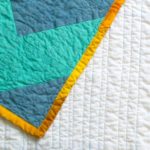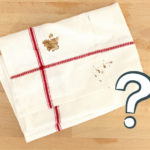A quilt is a great addition to any bedroom. Not only will it accessorise and beautify your room, but it’ll also provide you with a lot of warmth on cold winter nights!
But as is the case with other bedding, you’ve got to maintain and clean a quilt to keep it looking fresh. But how do you actually clean a quilt, especially if it’s an expensive vintage one?
Read on to discover how to wash a quilt so you can get years of use out of it, and eventually you can pass it down to the next generation.
Can You Wash Quilts?
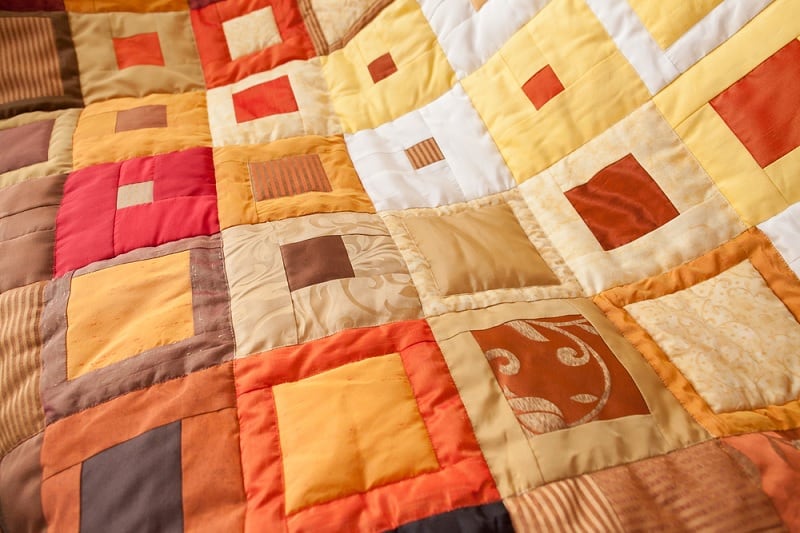
Hard-wearing quilts (100% cotton/polyester) can be washed so they continue to look immaculate, smell clean, and are germ-free.
Plus, keeping your quilt clean will also protect its lifespan because it won’t be overrun with muck, odours, and stains!
Generally, you can wash quilts by hand or in a washing machine. The cleaning process shouldn’t take too long. You can also do spot cleans in between regular washes to make sure the quilt stays relatively tidy and stain-free.
However, there are times when washing a quilt isn’t such a good idea. These occasions include when you’ve got a very old quilt that’s something of a family heirloom, a quilt made from a delicate material, or a vintage piece.
If you really need to clean a quilt of this nature you need to be extra careful. And although these items can normally be cleaned, you’ve got to make sure that you use natural cleaning methods (hand wash) and gentle cleaning products.

How to Wash a Quilt by Hand
Washing a quilt by hand is usually the preferred method, particularly if you’re handling very old quilts!
Steps to follow:
- Take any jewellery off and pop some gloves on—you don’t want to snag the material.
- Shake out your quilt and inspect it for damages. Repair your quilt if needed.
- Do a quick colour fastness test. Dip a white cloth in water, wring it out and dab it on your quilt to see if any of the dye bleeds onto the cloth. If you have multiple colours on your quilt, repeat these steps for each colourful section.
- If you don’t see any colour transfer, continue to follow the steps below. If you do see a colour transfer, you should take your quilt to a dry cleaning shop and ask them to help you.
- Grab a large bucket/bathtub and clean it out. Make sure the cleaning area you decide to use is big enough to hold the water and the quilt. You must leave enough room to agitate the quilt in the water.
- Fill the washing area up with cold water.
- Add a measure of suitable liquid detergent to the water. Try and choose a detergent that suits the material.
- Pop the quilt in the water.
- Make sure the entire quilt is submerged in the water.
- Gently move the quilt around in the water to agitate it.
- Soak the quilt in the water for at least 10 minutes.
- Drain the water from the washing area.
- Re-fill the washing area up with cold water.
- Optional: Add a quarter/half of a cup of white vinegar to the water. This’ll dislodge any detergent residue.
- Gently move the quilt around in the water to agitate it.
- Drain the dirty water out of the washing area.
- Re-fill the washing area with clean cold water.
- Agitate the quilt in the water.
- Drain the water out.
- Repeat Steps 16-19 until you’ve removed all the detergent from the quilt.
- Remove all the water from the cleaning area, then gently press down on the quilt to remove excess water from it.
- Repeat Step 21 multiple times to remove excess liquid.
- After you’ve removed as much waste water as possible, pick the quilt up, and either dry it on a flat surface, or hang it over a clothes horse and air dry it. (If the quilt is big, it’ll likely be very heavy when it’s damp, so ask someone to help you carry it around).
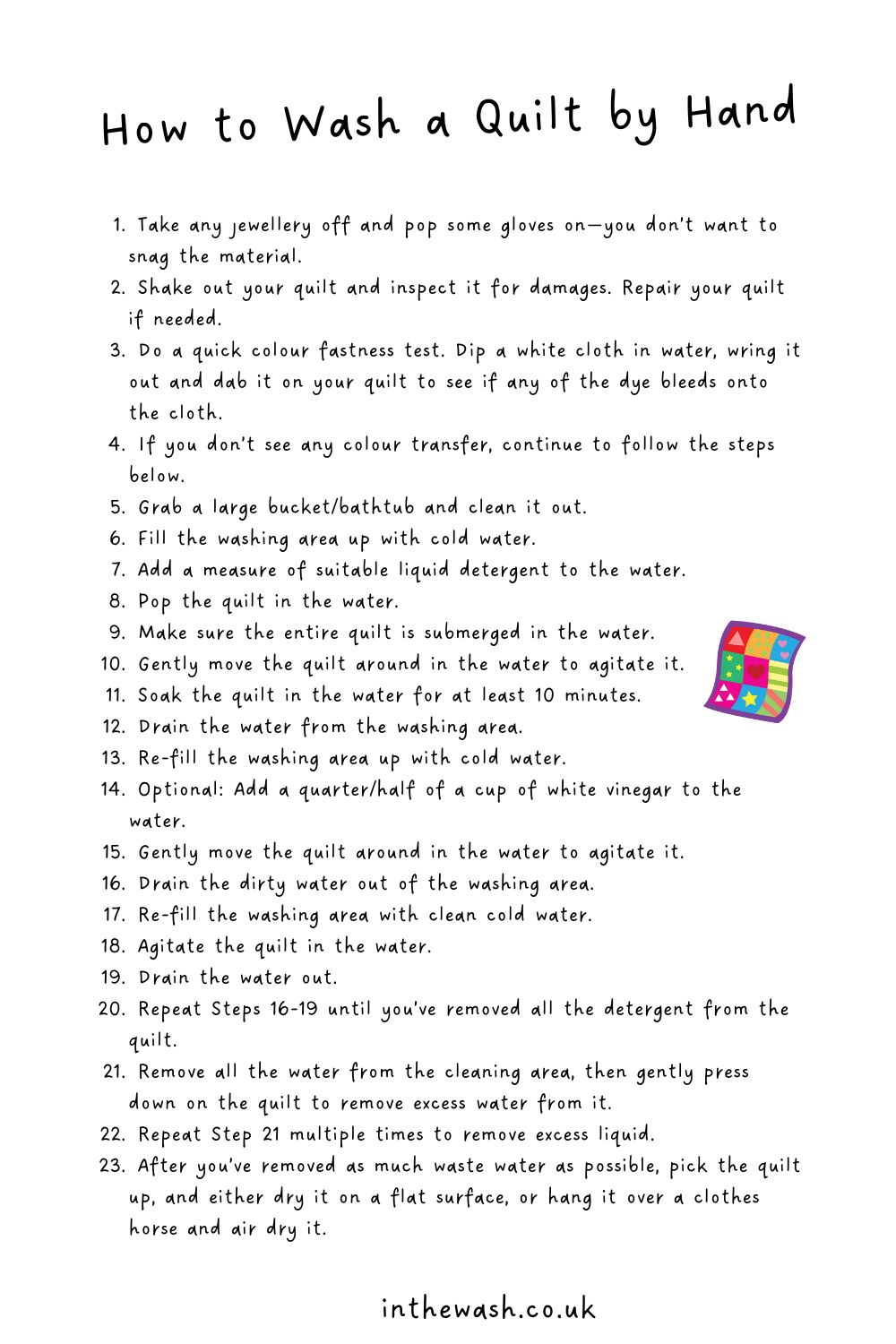
How to Wash a Quilt in the Washing Machine
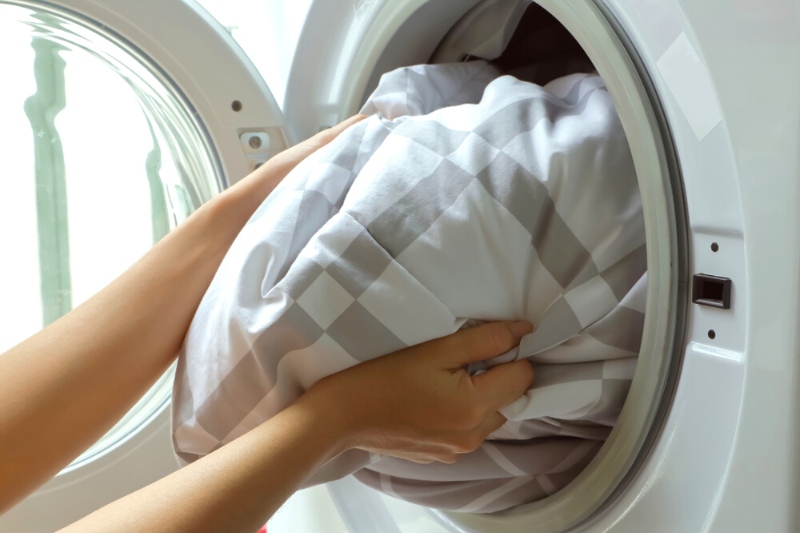
Washing a quilt in the washing machine is a very straightforward, and an arguably quicker process. But this method isn’t suitable for all quilts. So, keep this in mind before you proceed.
Note: Don’t put vintage or heirloom quilts in the washer. They’re likely to get damaged and you might not be able to repair these items afterwards. Plus, handmade quilts don’t always come with care labels, so you won’t have any washing instructions to follow.
Steps to follow:
- If you’re wearing any rings or bracelets, remove them so they don’t damage the quilt as you handle it.
- Shake out your quilt, inspect it for damages, and repair any issue before continuing with the cleaning process.
- Read the tag on your quilt to confirm that you can wash it in a washing machine. Proceed with this method if it is safe to do so.
- The tag should also state how to wash the garment, so follow the advice given. This’ll ensure that you wash the quilt on the right cycle, and use the right water temperature.
- Soak a white cloth in some cold water, wring it out, then press this cloth onto a discreet patch of the quilt (this is a colourfast test). If the dye from the quilt shifts onto the cloth, the item isn’t colourfast. In this case you should rethink your washing technique, or add a Dylon Colour Catcher to the washer’s drum to catch the dye.
- Make sure the washing machine’s drum is empty.
- Load the quilt into the drum carefully. Don’t just ram and force the quilt into the drum. If the quilt won’t fit into your washer, stop what you’re doing and use a different cleaning method/larger washing machine, like one you’d find at a laundrette.
- Choose an appropriate cycle. This will usually a delicate cycle that uses a low water temperature.
- Add a gentle liquid detergent to the washer. Choose a detergent based on the material you’re washing.
- Start the cycle.
- When the cycle ends, remove the quilt from the machine, and hang it over a clothes horse to air dry it or dry it on a flat surface.
Tip: Make sure you choose a delicate setting because the washer’s agitation can put strain on the quilt’s stitching and can damage it. Generally, you should only put machine-stitched quilts into a washer.
How to Professionally Wash a Quilt
If you’ve got a particularly delicate quilt, perhaps an old heirloom that’s been passed down to you, you might be concerned about washing the item at home. In this case, it would be better for you to ask a professional cleaner for help.
A professional will be able to advise you on how to clean your quilt, and what products/tools you should or shouldn’t use. They might even be able to clean the quilt for you!
To find a suitable professional, do a quick online search and find someone/shop in your local area. But remember to choose a reputable person who has experience in cleaning quilts before you use their service!
Tip: If your quilt isn’t colourfast (colours bleed) you should consider taking it to a professional cleaner to get it washed.
Should You Wash a Quilt Before Using It for the First Time?
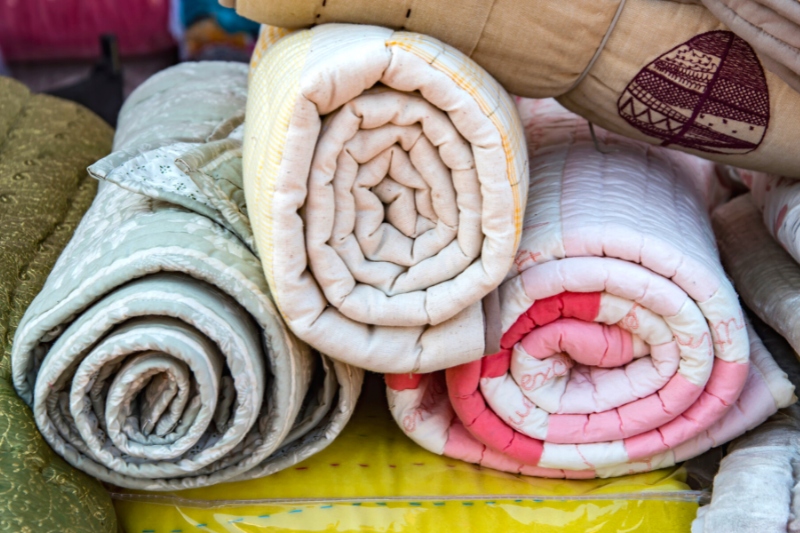
Yes, you should wash a quilt before using it for the first time. This initial wash will remove any dust, general debris, and chemicals used during the manufacturing process off the material. In turn, the quilt will be safe and hygienic for you to use.
It’s particularly important to wash a quilt, like an heirloom, that might’ve been kept in storage for several years. The item will be overrun with dust and general grime, so you must make sure it’s clean before you use it.
How to wash a quilt for the first time
There are a few steps you need to take when washing a quilt for the first time, these include:
- Reading the quilt’s care label to see how it needs to be cared for.
- Adhering to the advice on the care label.
- Testing any cleaning products before you use them.
- Checking the quilt for colourfastness.
- Checking the quilt for damage and repairing any problems.
For more information on cleaning a quilt for the first time see our post.
Can You Put a Bed Quilt in a Washing Machine?
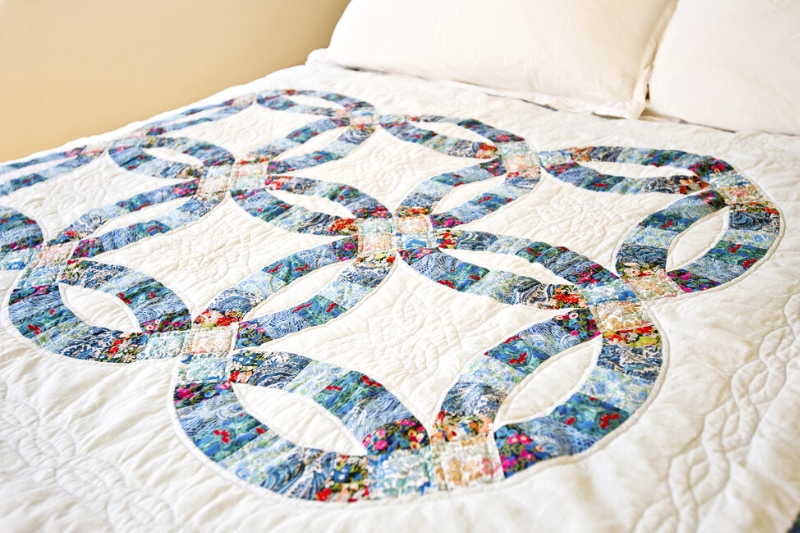
Yes, you can put a quilt in a washing machine to clean it, provided it is suitable for machine washing and will fit.
Before putting a quilt in the washing machine, you should check the care label to make sure it’s safe to be machine washed. And as long as the tag says it’s safe to machine wash, you can carry on.
Just make sure you choose a delicate cleaning cycle, and pick a gentle detergent (or one that is suitable for the material you’re cleaning).
If you see ‘Hand wash only’ on the label, you must stick to this washing technique. Ignoring the advice on the tag, may result in you ruining your bed quilt.
What Happens If You Put a Quilt in a Dryer?
It is possible to dry some quilts in a tumble dryer, but generally it is better to avoid doing this. Why? A tumble dryer can shrink, crinkle, and in some cases, warp the shape of a quilt.
If you’re absolutely set on using a tumble dryer to dry your quilt, you must check the care label on your item to see if it can be machine dried first. You can only carry out this drying technique once you’ve confirmed it’s safe for the material.
If the tag states you shouldn’t dry the quilt in a dryer, then you must listen to this advice and dry the item naturally.
When it comes to drying your quilt in the dryer you must make sure that you use a low temperature, and only run short drying cycles. If you use too hot a cycle or run an extra-long cycle you risk damaging the quilt.
It would be better to avoid tumble drying quilts that are:
- Made from delicate materials
- Don’t have a care label
- Quilts that are considered heirlooms
If you tumble dried a quilt that was very old, made from a finer material, or didn’t come with washing/drying instructions, you’d run the risk of ruining the quilt. In this case, you should stick to drying your quilt in a more natural way (air dried outdoors).
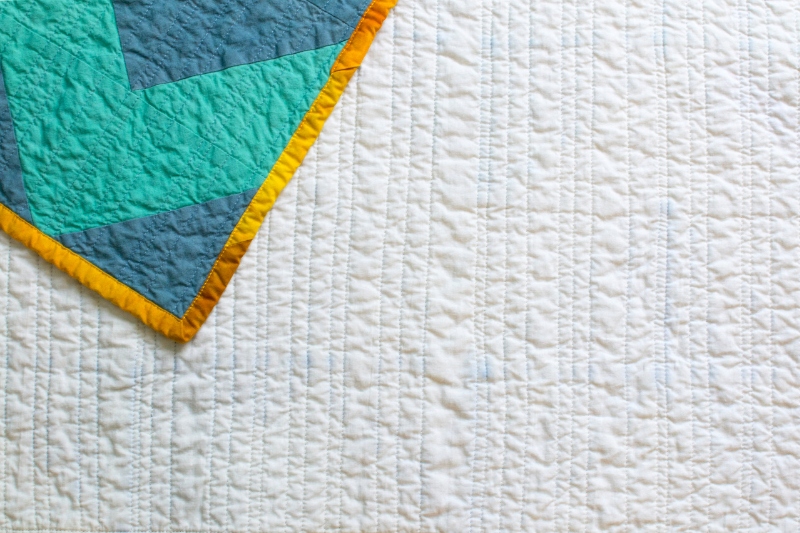
How Often Should You Wash a Quilt?
You should aim to wash a quilt at least once a year, but if you expose your quilt to a lot of dirt and grime you can increase this amount.
You don’t really need to clean your quilt too much as this can damage the material and its colour.
It would be better for you to spot clean your quilt on a regular basis instead. So, try to hoover your quilt to remove dust and debris from it (use a soft hoover attachment), use a lint roller to gather up muck, air out your quilt, and treat stains before they have a chance to settle into the material’s fibres.

Bethan has a passion for exploring, reading, cooking and gardening! When she’s not creating culinary delights for her family, she’s concocting potions to keep her house clean!

